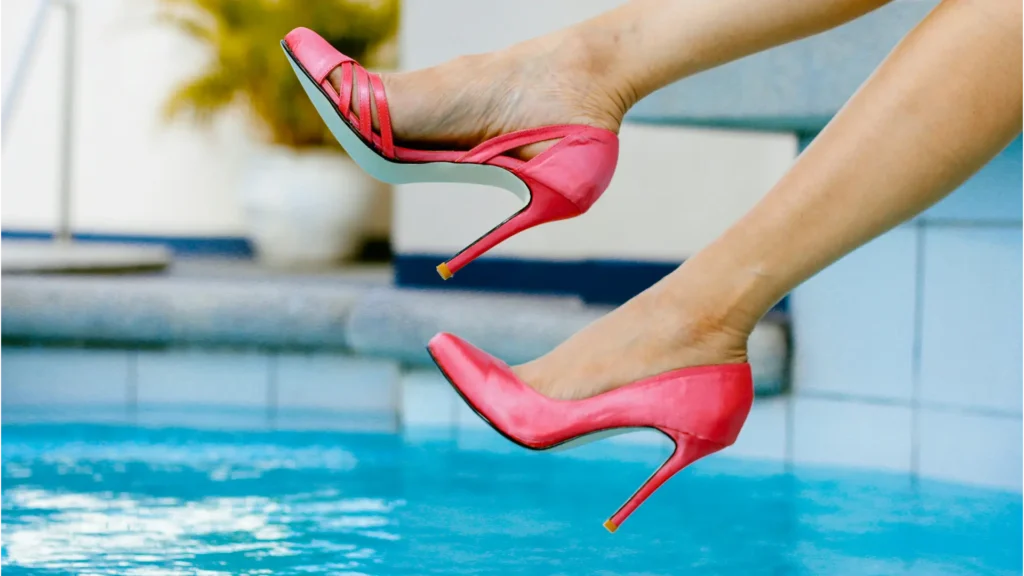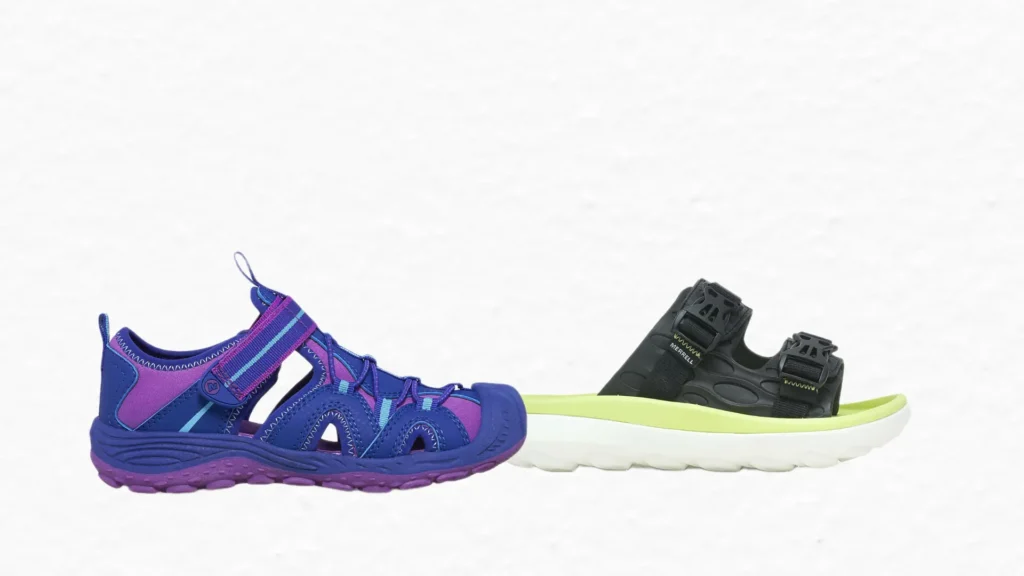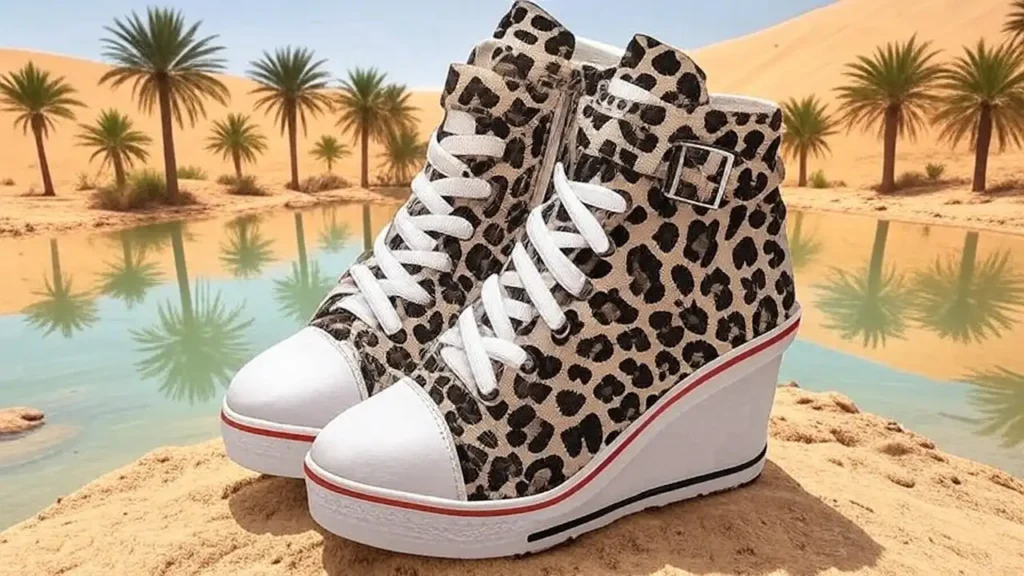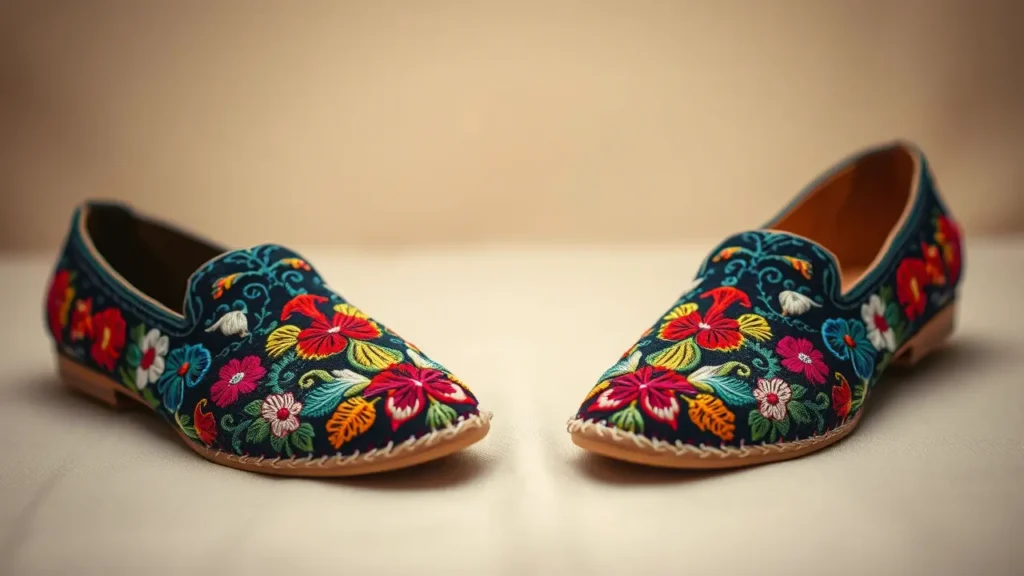High heels elevate your style. They add height, lengthen your legs, and boost confidence. But wearing them can lead to sore feet, if not done right.
You can look fabulous in heels without sacrificing comfort. By choosing the right shoes, preparing your feet, and using smart techniques, you’ll stride confidently all day.
Choose the Right Size and Fit
A perfect fit is the foundation of comfortable heels. Shoes that are too tight pinch your toes and cause pain. Shoes that are too loose slip, leading to blisters or ankle strain. Visit a shoe store in the late afternoon or evening when your feet are slightly swollen from the day’s activities.
This ensures a better fit for all-day wear. Leave about a thumb’s width of space at the toe. Walk around the store to test for rubbing, slipping, or pressure points. If the shoe feels uncomfortable in the store, it won’t get better later. Consider getting your feet measured professionally.
Foot size can change over time, and many people wear the wrong size without knowing.
Heel height affects comfort. If you’re new to heels, start with a low height, like 1-2 inches. Kitten heels are stylish and easy to walk in, making them ideal for beginners.
For taller heels, opt for platforms or wedges. Platforms reduce the angle of your foot, easing pressure on the ball of your foot. Wedges distribute your weight more evenly than stilettos, offering better balance. Avoid sky-high stilettos (4 inches or more) unless you’re experienced, as they strain your feet and calves.
Gradually increase heel height as you build confidence and strength. Mixing heel heights in your wardrobe lets you switch styles without overtaxing your feet.
Look for Cushioning and Support
Comfortable heels have built-in support. Check the insole—it should feel soft and cushioned. High-quality insoles absorb shock, protecting your feet from hard surfaces. Some brands design heels with extra padding under the ball of the foot or heel.
Arch support is crucial too. Look for shoes with a slight curve that follows your foot’s natural arch. If your heels lack padding, buy gel inserts or foam pads. Place them under the ball of your foot or heel for extra cushioning.
Orthopedic inserts can help if you have high arches or flat feet. These small additions make a big difference during long wear.
Stiletto heels look glamorous, but their thin base makes balancing tough. They focus your weight on a small point, causing pain and instability. Wider heels, like block heels or wedges, are more comfortable.
They provide a larger surface area for support, reducing strain on your feet. Chunky heels are trendy and versatile, pairing well with dresses or jeans. Wedges are especially forgiving, as they support your entire foot. If you love stilettos, reserve them for short events and choose wider heels for all-day wear. Stability equals comfort.
Choose Quality Materials

The material of your heels impacts comfort and durability. Leather is a top choice. It’s soft, flexible, and molds to your foot over time. It also allows air circulation, keeping your feet cool and dry.
Suede is another comfortable option, though it’s prone to stains. Avoid cheap synthetic materials like plastic or faux leather. They don’t stretch or breathe, trapping heat and causing blisters. Check the shoe’s lining too. Smooth, soft linings prevent rubbing.
If you’re vegan, look for high-quality synthetic leathers designed for comfort. Investing in good materials means less pain and longer-lasting shoes.
Understand Shoe Shapes
Not all heels suit every foot shape. Pointed-toe heels look sleek but can squeeze wide feet. Round-toe or almond-toe heels offer more room for your toes to spread naturally.
Open-toe heels reduce pressure on toes but may expose them to rubbing. Closed-toe heels protect your feet but need enough space to avoid pinching. If you have bunions or wide feet, choose heels with a wider toe box.
Try different shapes to find what feels best for your feet. A shoe that matches your foot shape is more comfortable for long wear.
Walking in heels requires technique. Practice at home to build confidence. Start on a carpeted surface to avoid slipping. Wear your heels for 10-15 minutes at a time. Take small, slow steps.
Keep your knees slightly bent to absorb impact. Land on the ball of your foot first, then roll to your heel. Keep your core engaged and shoulders back. Avoid looking down at your feet—it throws off your posture.
Once you’re comfortable, try hard floors or outdoor surfaces. Practice walking up and down stairs, as heels change your balance. With regular practice, walking in heels will feel natural.
New heels often feel stiff or tight. Breaking them in prevents blisters and discomfort. Wear them at home for 15-30 minutes daily over a week.
Walk on different surfaces to soften the material. If you notice rubbing, apply moleskin or bandages to problem areas. Wear thick socks with your heels to stretch them slightly. For leather heels, use a shoe stretcher for tight spots. Don’t wear new heels for a full day right away—gradual breaking-in molds them to your feet and reduces pain.
Use Anti-Slip Pads and Grips
Slippery soles make heels risky. Smooth floors like tile or hardwood can cause falls. Attach anti-slip pads to the soles of your heels. These rubber or textured patches increase traction.
Some heels have rubber soles, which are naturally less slippery than leather. Heel grips are another helpful accessory. These cushioned strips stick inside the back of the shoe to prevent slipping and blisters. Both pads and grips improve safety and comfort, letting you walk with confidence.
Small accessories can transform uncomfortable heels. Gel cushions or toe caps reduce pressure on the ball of your foot or toes. Heel liners prevent rubbing at the back of the shoe.
Adhesive tongue pads fill extra space in loose heels, improving fit. If you have high arches, try arch support inserts. For sweaty feet, use moisture-absorbing insoles or foot powder. These accessories are affordable and widely available. Experiment to find what works best for your feet.
Strengthen and Care for Your Feet
Heels stress your feet, ankles, and calves. Strong, healthy feet handle them better. Do foot exercises daily. Roll a tennis ball under your foot to stretch your arches. Point and flex your toes to improve flexibility.
Strengthen your calves with heel raises—stand on your toes, hold, then lower. After wearing heels, soak your feet in warm water with Epsom salts for 15 minutes. Massage them with lotion to relax muscles and improve circulation.
Stretch your Achilles tendon and calves to prevent tightness. Regular foot care reduces pain and prevents issues like plantar fasciitis.
No heel is comfortable for 12 hours straight. Give your feet breaks. If you’re walking long distances or standing for hours, switch to flats.
Carry foldable flats in your bag—they’re lightweight and compact. Change into them during commutes, lunch breaks, or between events. At events, sit when possible and elevate your feet to reduce swelling. Alternate heel heights throughout the week.
Wearing the same high heels daily strains your feet. Mixing in lower heels or flats gives your muscles a rest.
Maintain Your Heels
Well-maintained heels stay comfortable and last longer. Clean leather heels with a damp cloth and mild soap. Use a suede brush for suede shoes. Polish leather heels to keep them soft and shiny.
Check the heel tips regularly. Worn tips make walking unstable and harm your posture. Replace them at a shoe repair shop. Store heels in a cool, dry place to prevent cracking.
Use shoe trees or stuff them with tissue paper to maintain their shape. Proper care keeps your heels looking and feeling great.
Different occasions call for different heels. For work or long events, choose low to mid-height heels (1-3 inches) with cushioning. Block heels or wedges are ideal for standing or walking.
For short events like dinners or parties, you can wear higher stilettos. If you’re dancing, pick heels with ankle straps for extra security. For outdoor events, avoid thin heels that sink into grass—opt for wedges or platforms. Matching your heels to the activity ensures comfort and prevents accidents.
Build Confidence and Posture
Comfort isn’t just about your feet—it’s about mindset. Stand tall in your heels. Imagine a string pulling you up from the top of your head. Keep your shoulders back and core engaged. Good posture reduces strain on your back and feet.
If you’re nervous about heels, start with short outings, like a trip to the store or a coffee date. Celebrate small successes to build confidence. The more you wear heels, the more natural they’ll feel. Confidence makes you look and feel better in any pair.
Listen to your body. If your feet hurt after an hour, switch to flats. If you have foot conditions like bunions or plantar fasciitis, talk to a podiatrist before wearing heels. Some people need custom orthotics or specific heel styles.
Don’t push through severe pain—it can lead to injuries. Heels are meant to enhance your style, not harm your health. Respect your limits to enjoy them safely.
High heels can be stylish and comfortable with the right approach. Choose well-fitting shoes with cushioning and support. Pick the right heel height and material for your needs. Practice walking, break in your shoes, and use accessories like gel pads or anti-slip soles. Strengthen your feet, take breaks, and maintain your heels. Match your heels to the occasion and build confidence through practice. With these tips, you’ll rock high heels effortlessly, turning heads while feeling great all day.




